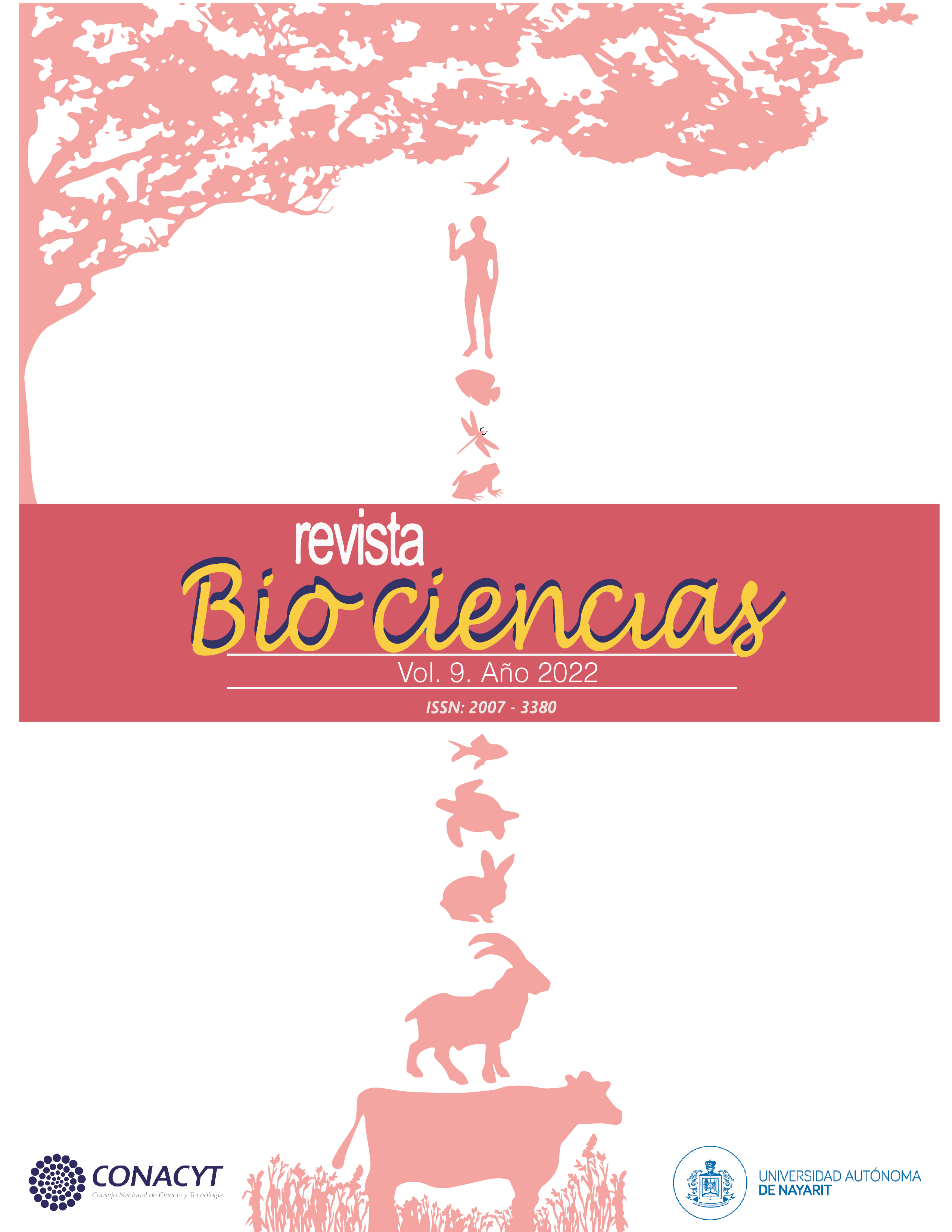Abstract
Conserving populations of endangered species in contrasting environments, such as their natural habitat (in situ) and an urban park (ex situ), can be central to a better knowledge of viability in several environments. Magnolia pugana is an endemic and endangered tree species distributed in western Mexico. This work studied the response to survival, growth, and photosynthetic performance of M. pugana seedlings in situ and ex-situ. 30 twelve-month-old seedlings were transplanted at two sites; in situ conditions (La Virgen stream in San Lorenzo, Zapopan) and ex situ (La Culebra stream in the Bosque Los Colomos urban park, Zapopan). During six months, survival, growth variables (height, basal area, and coverage), and physiological variables (quantum efficiency of PSII and electron transport rate), were evaluated monthly. The seedlings established under in situ conditions showed greater survival, height, basal area, and crown cover than those transplanted below ex situ conditions. Likewise, the seedlings in their original environment (in situ) revealed better photosynthetic performance than those of the Bosque Los Colomos urban park (ex situ). Conservation and restoration actions for M. pugana populations should be focused on their native distribution. These studies contribute to the investigation of actions to protect and conserve endangered species.

Revista Bio Ciencias by Universidad Autónoma de Nayarit under Creative Commons Attribution-NonCommercial 3.0 Unported License.
Based on work of http://biociencias.uan.edu.mx/.
Further permits not covered by this licence can be found at http://editorial.uan.edu.mx/index.php/BIOCIENCIAS.






